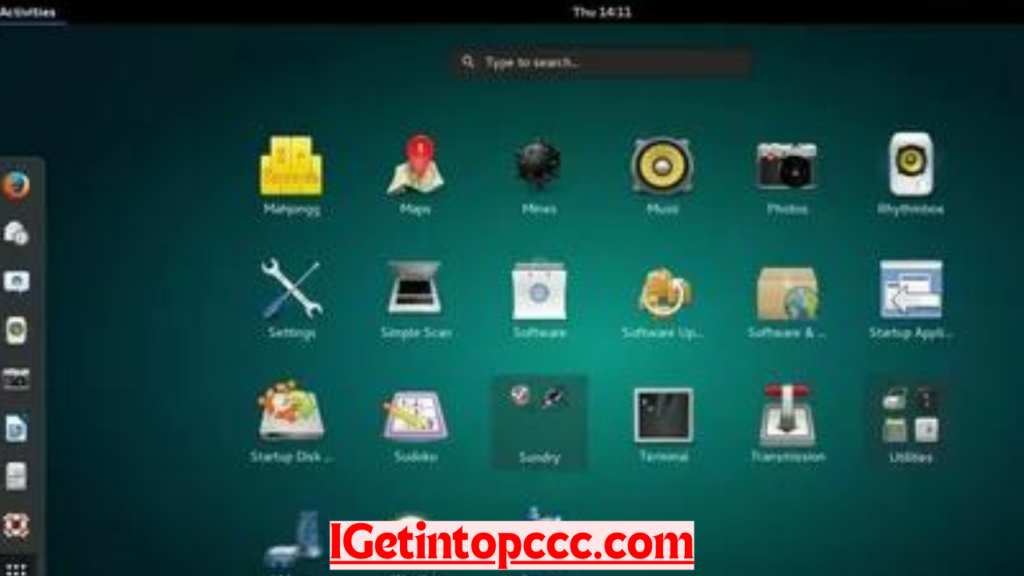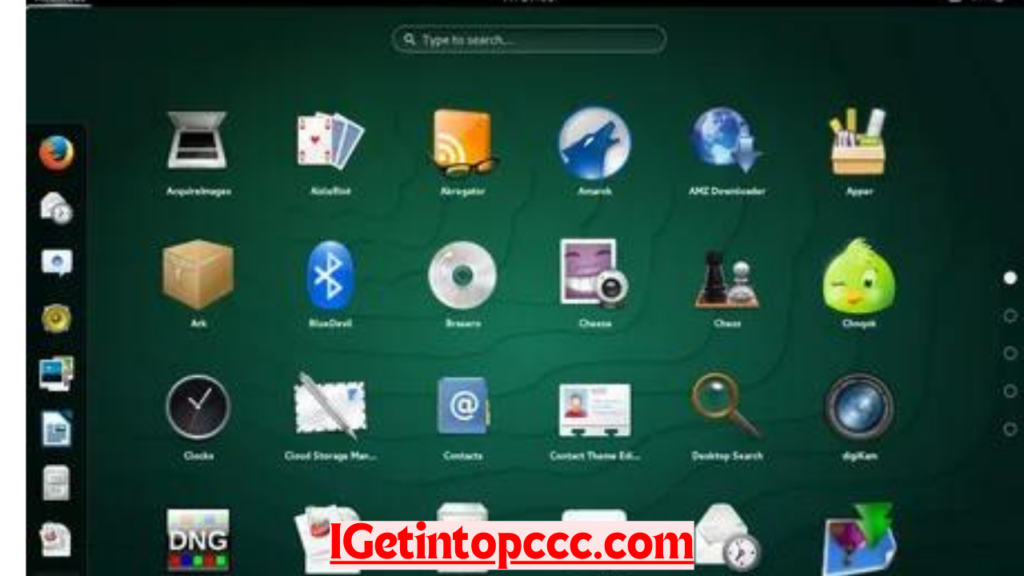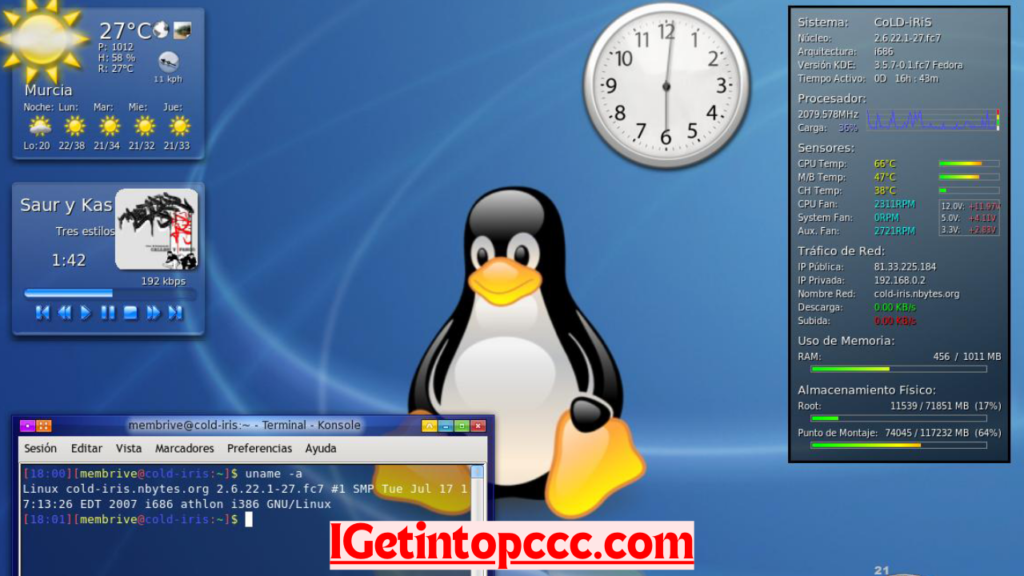Download linux operating software
Linux is a powerful and versatile open-source operating system that has transformed the way users interact with their computers. Initially developed by Linus Torvalds in 1991,
Overview of Linux Operating Software

Linux has become a cornerstone of modern computing, powering everything from personal computers to servers, supercomputers, and embedded systems. Its open-source nature means that anyone can modify, distribute, and improve it, fostering a vibrant community of developers and users. Unlike proprietary operating systems, Linux offers users freedom and flexibility, allowing for a highly customizable experience tailored to individual needs. In this article, we’ll delve into the features, specifications, and installation process of Linux, ensuring you have all the information necessary to make the switch.
Features of Linux
Linux is renowned for its robust features that cater to a wide variety of users. One of the standout features is its stability and reliability. Unlike some operating systems that require frequent reboots, Linux runs smoothly for extended periods, making it ideal for servers and mission-critical applications. Additionally, its security is a significant advantage; Linux is less susceptible to viruses and malware, thanks to its permission-based architecture. Users also benefit from a rich repository of software that is freely available, enabling them to install applications without the burden of licensing fees. Finally, Linux supports a vast range of hardware configurations, making it compatible with older machines that may struggle with more resource-intensive operating systems.
- Stability and Reliability: Ideal for long-term use.
- Security: Enhanced protection against malware.
- Rich Software Repository: Access to a wide range of free applications.
- Hardware Compatibility: Works on various hardware setups.

Technical Specifications of This Release
When choosing a Linux distribution, it’s essential to understand its specifications. Below are the key technical specifications for a popular Linux release:
- Version: Ubuntu 22.04 LTS
- Interface Language: Multilingual support available
- Audio Language: English (default)
- Uploader / Repacker Group: Ubuntu Team
- File Name: ubuntu-22.04-desktop-amd64.iso
- Download Size: Approximately 2.6 GB
System Requirements
For optimal performance, ensure your system meets the following requirements:
- Processor: 2 GHz dual-core processor
- RAM: 4 GB minimum (8 GB recommended)
- Hard Drive Space: At least 25 GB
- Graphics: VGA capable of 1024×768 screen resolution
- USB Port: For installation via USB drive

How to Download and Install Linux
Step-by-Step Download and Installation Process
- Choose a Distribution: Visit the official website of the Linux distribution you wish to download (e.g., Ubuntu).
- Download the ISO: Click on the download link to obtain the ISO file.
- Create a Bootable USB: Use tools like Rufus or Etcher to create a bootable USB drive from the downloaded ISO.
- Boot from USB: Restart your computer and enter the BIOS/UEFI settings to boot from the USB drive.
- Installation: Follow the on-screen instructions to install Linux on your system. You can choose to install it alongside an existing operating system or as a standalone OS.
Troubleshooting Common Issues
- Boot Issues: Ensure the USB drive is set as the primary boot device.
- Installation Errors: Verify the integrity of the downloaded ISO file.
- Hardware Compatibility: Check if your hardware is supported by the chosen distribution.

How to Use Linux: Getting Started
Once installed, familiarize yourself with the Linux environment by following these steps:
- Desktop Overview: Explore the desktop environment (e.g., GNOME, KDE) to understand its layout and features.
- Terminal Usage: Learn basic terminal commands to navigate and manage files.
- Software Installation: Use the built-in package manager (e.g., APT for Ubuntu) to install additional software.
- Customization: Personalize your desktop with themes, icons, and extensions to enhance your user experience.
For more information on Linux and its distributions, you can visit the following websites:
Each site offers unique resources and insights, so feel free to explore them to find the information you need. By understanding Linux and its capabilities, you can unlock a world of possibilities for your computing needs.

Leave a Reply